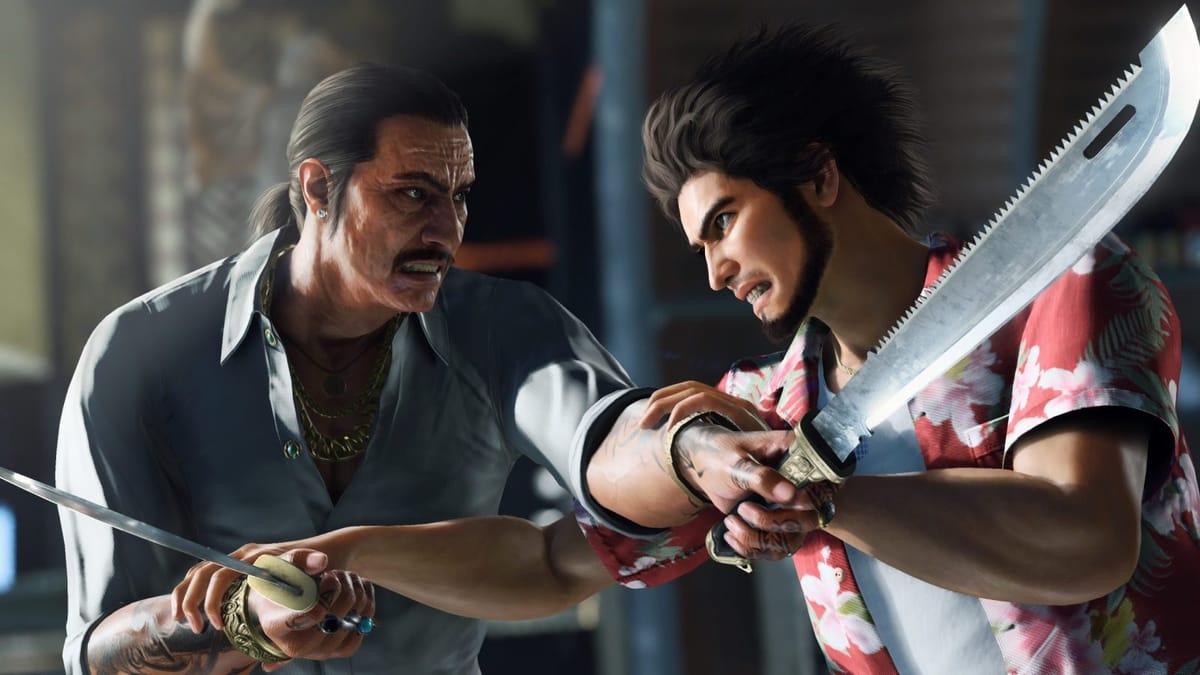
The beginning of a new year is usually a quiet time for the gaming community, with a few small titles releasing here and there. Sega and RGG Studio have other plans, however, as the 8th mainline entry in the Yakuza/Like a Dragon franchise is coming in hot to start off 2024 with a bang. Like a Dragon: Infinite Wealth finally ditches the Westernized naming of Yakuza and bands together two larger than life heroes, Ichiban Kasuga and Kazuma Kiryu, in an all new action-packed adventure.
This game takes place 4 years after the events of Yakuza: Like a Dragon and sees our new protagonist Ichiban Kasuga working a normal job at Hello Work after the dissolution of the yakuza. Following a tip from an old ally, Ichiban finds himself in America for the first time to search for his once believed to be dead mother, Akane-san. Turns out Kiryu is tasked by the Daidoji faction to also look for Akane, and the two form an unlikely team on an adventure filled with twists and turns. Heavy themes in narrative storytelling have always been at the franchise’s forefront, and we are glad to say that the story mostly delivers, although we believe the former game’s themes to be a bit stronger. Nonetheless, the game retains its signature blend of gripping drama and absurd humor.

Infinite Wealth uses the same turn-based system of combat introduced in Yakuza: Like a Dragon, with four party members active at any given time. Commands are issued per character, and you can choose between a basic attack, guard, skill, or an item. Depending on the skill used, you are tasked with a different quick time event such as a button mash or timed press to deal bonus damage. We found the timed button press much easier to read here than in the first game, thankfully. Correctly timing the block button during enemy attacks can reduce damage taken and even trigger a counter attack if you are high enough level. With Kiryu being a playable character now, the game introduces some refreshing exclusive mechanics, most notably the ability to break the turn-based combat system into a real-time brawler style for a short duration, much like the previous games.
Our biggest praise for the game is that it has a truckload of quality of life updates that Infinite Wealth brings over its predecessor. For starters, you can now move in battle! Every party member can walk in a small radius, which increases as you level up, so that you can reposition to a more tactical position. Why would you want to reposition you ask? Hitting an enemy from behind triggers an enhanced back attack, which causes every hit to be critical, whereas just being close to an enemy allows for a proximity attack, which adds bonus damage. There’s also a wall bouncing mechanic from knockbacks, so if you stand in front of an enemy that’s next to a wall, you’re in luck. Smacking an enemy into a party member can also trigger follow up attacks as well, maximizing your damage output.
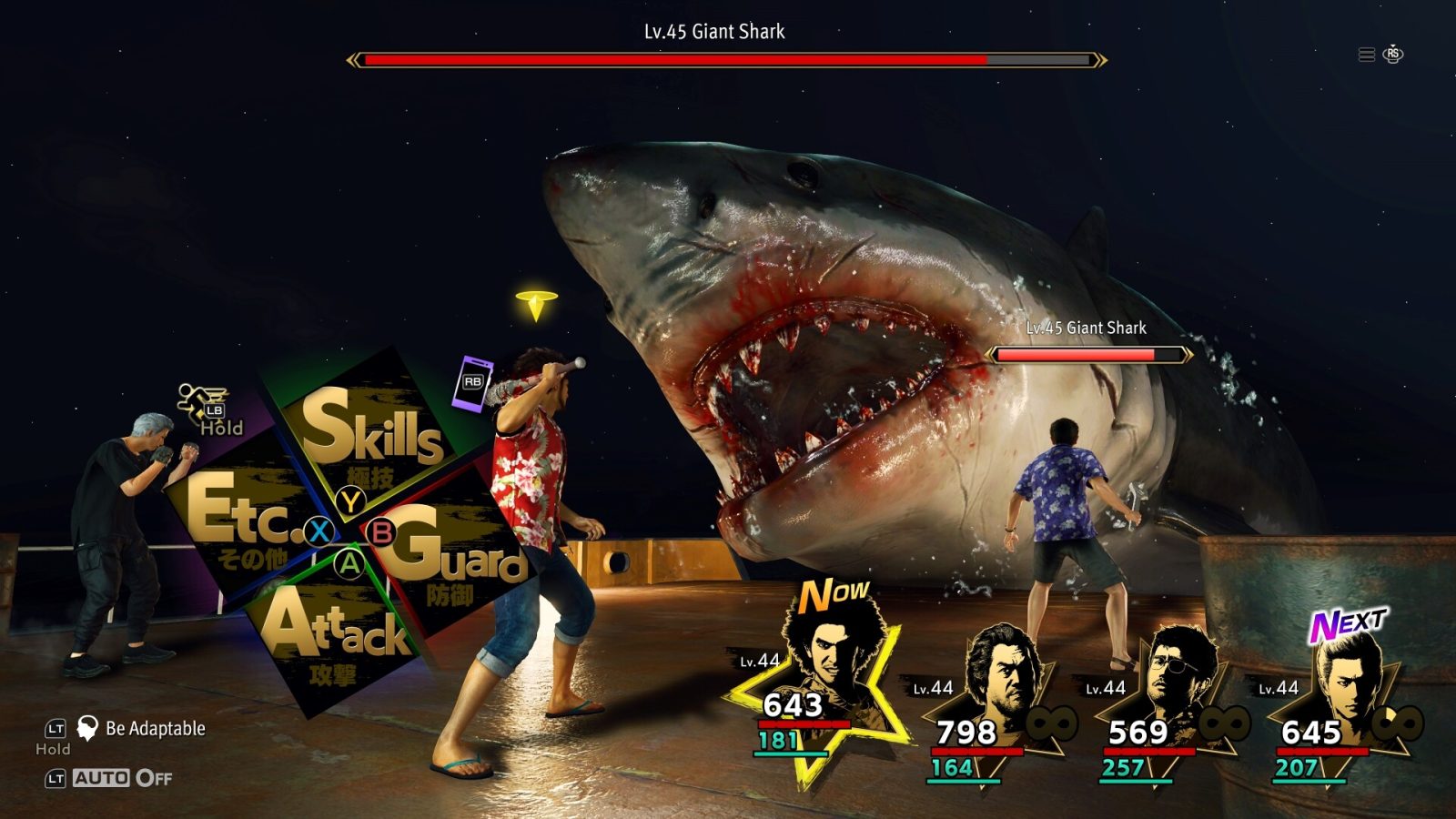
Now, we can go on and on about the countless number of little changes and improvements upon Yakuza 7 but I’ll just spew out only a few more for time’s sake. Once you are a set number of levels above enemies in the overworld, the game prompts you with a Smackdown attack, which lets you instantly wipe trash mobs at the expense of slightly less experience and money. Poundmates (summons) stick around as a pseudo party member that stays for 2-3 turns. Everyone now recovers MP from basic attacks and every character, other than Ichiban, now charges up an infinite symbol (which is unlocked from increasing your bond levels with characters), that can be used to execute an ultimate tag team move.
Most of the game is split across Honolulu, Hawaii and Ijincho, Yokohama, along with a small portion of Kamurocho and other locations (ie. Tokyo) for specific narrative purposes. This is the first time the franchise has featured a location set outside of Japan, and the tropical vibes of Hawaii are a more than welcome change of scenery compared to the neon-lit city streets of Japan. Unfortunately you are tied to a specific location until you beat the campaign, after which the game opens up completely and allows you to travel between each location at any time. Clearing the game also enables you to change the time of day, which can trigger certain events, along with changing character costumes outside of combat.
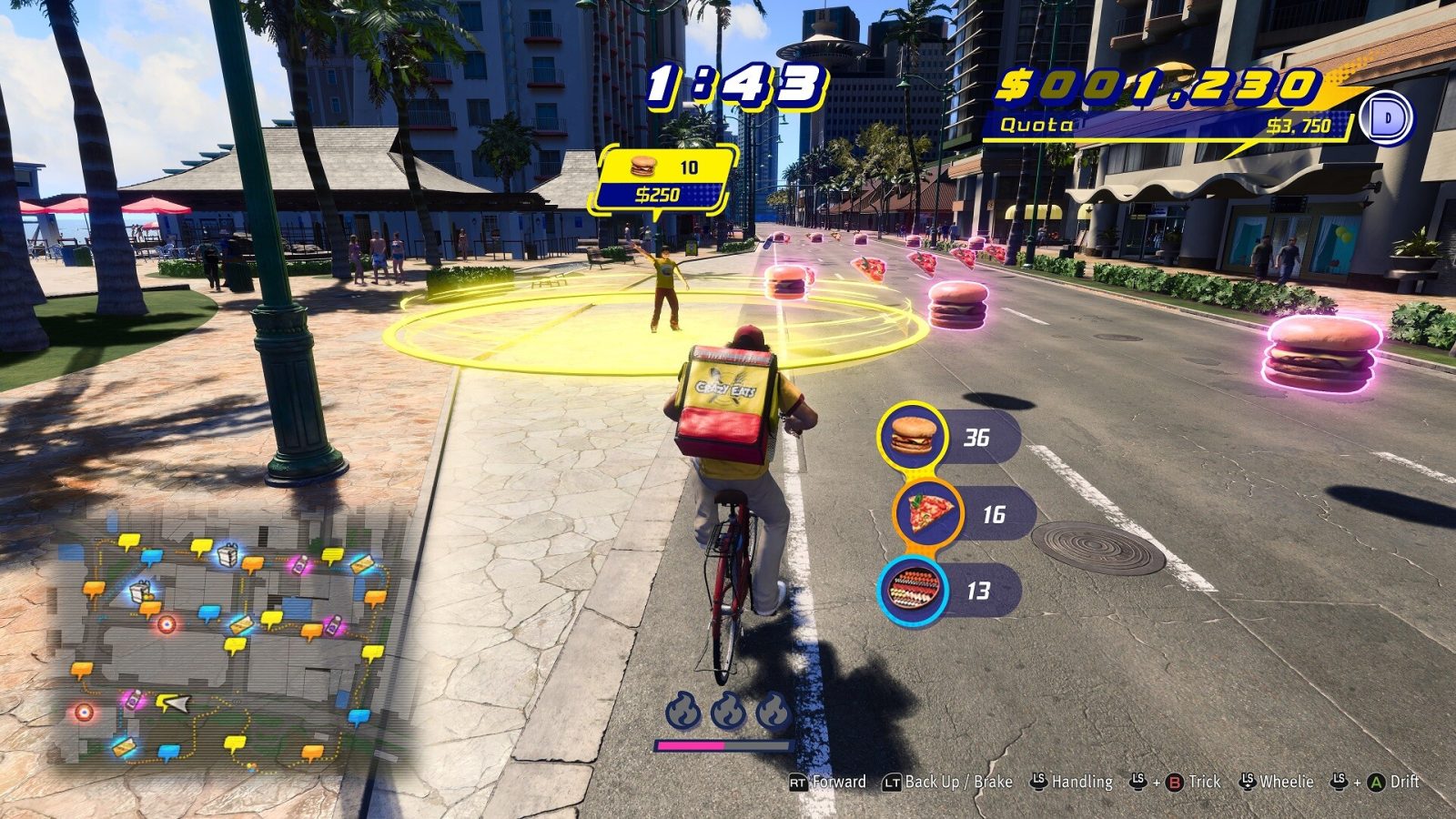
Given the sheer number of playable characters, RGG Studio effortlessly split the main protagonists between Hawaii and Japan for narrative purposes. This means you’ll have around 4-5 party members at each location at a given time. You’ll be spending entire chapters at one specific locale with a specific set of characters. For example Kiryu returns to Japan at one point, with his party consisting of Nanba, Seonhee, Zhao, and Saeko, whereas the rest of the cast remain in Hawaii. Kiryu being the main protagonist back in Japan also allows for different overworld activities compared to Ichiban, and this is where the Bucket List comes in. Remember, Kiryu-chan has cancer, and his friends want him to enjoy his remaining days to the fullest!
Ichiban’s personality traits are used to unlock new jobs for your entire party at Allo-happy Tours in Honolulu. New jobs include Samurai, Desperado, Kunoichi, and Aquanaut, whereas old jobs such as Breaker, Chef, Idol, and Night Queen make a return as well. (Jobs are still split among male and female party members unfortunately, but equipment is no longer gender locked.) Each character also retains an exclusive job, such as Ichiban being a Hero and Kiryu employing the Dragon of Dojima job. Unlocking certain jobs for other party members also depends on your bond level with them. Deepening your relationship with your friends is just as important in this game as it was in the last, so always take the time to give a gift, initiate some small talk, and activate those Drink Links! Maxing out your bond levels with your party members enables them to do combo and follow up attacks in combat, so it’s a win-win situation!
If you’re a long time Yakuza fan, then you’re in for a treat, as Infinite Wealth serves up a lot of fanfare and callbacks to previous events and characters. Legendary yakuza members Goro Majima, Daego Dojima, and Taiga Saejima make a welcome return, although their appearances are short-lived and none of them are playable. Is it too much to ask for Majima to be a recruitable party member?! Completing Kiryu’s Bucket List events also treats you to encounters with previous friends and allies that showed up once before in Kiryu’s life, all of which we will let you experience for yourself firsthand. Doing so also awakens the tried and true Dragon of Dojima, which further boosts Kiryu’s 3 distinctive fighting styles and heat actions.
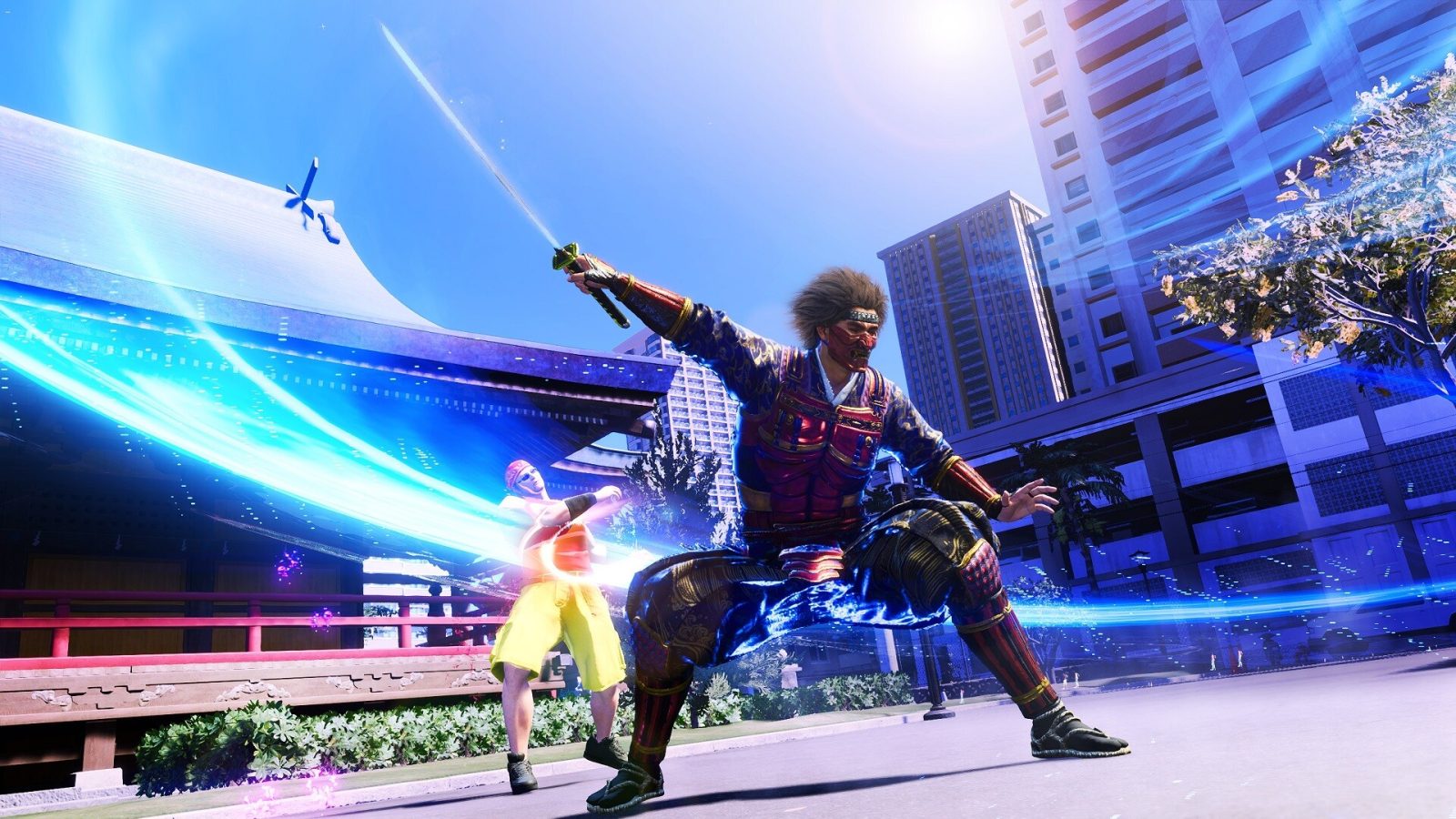
Like any other Yakuza game, Infinite Wealth is filled to the brim with side activities galore, some of the most notable being Dondoko island, which has you oversee and build up an island resort, and the Sujimon League, which has you recruiting Sujimon in hopes of battling the Discreet Four. These are RGG Studio’s parody takes on Animal Crossing and Pokemon, respectively. You can expect to sink dozens of hours into the aforementioned activities if you want to see each through to the end. Of course there are smaller mini-games too, including Crazy Delivery, Sicko Snap, and Miss Match just to name a few. Interesting substories and side dungeons also exist, so there’s never a lack of things to do.
Don’t worry because arcade and casino related mini-games are ever present as well, including Virtua Fighter 3tb, SpikeOut, Sega Bass Fishing, Blackjack, Mahjong, and Poker. Multiplayer games can also be accessed conveniently in the main menu of the game, some of which support up to 4 players locally! The main menu also provides a nifty way to replay full cutscenes from all 14 chapters of the game, along with loading in save data from a PS4 file.
Performance wise, Infinite Wealth fares excellently on the PlayStation 5. Clocking in at a hefty 53.91GB (for reference, Yakuza: Like a Dragon was around 42.28GB on PS5), the game takes around 6 seconds to load in from a fresh launch and maintains a smooth 60 frames per second throughout. There are no performance or fidelity modes, so whatever you see is what you get. There are also no difficulty options, which is aligned with the previous title, but the game isn’t very hard aside from some nasty difficulty spikes in the final chapter. However, it should be known that Sega is paywalling New Game Plus and harder difficulty modes behind the Ultimate Edition of the game, which is a huge disappointment.
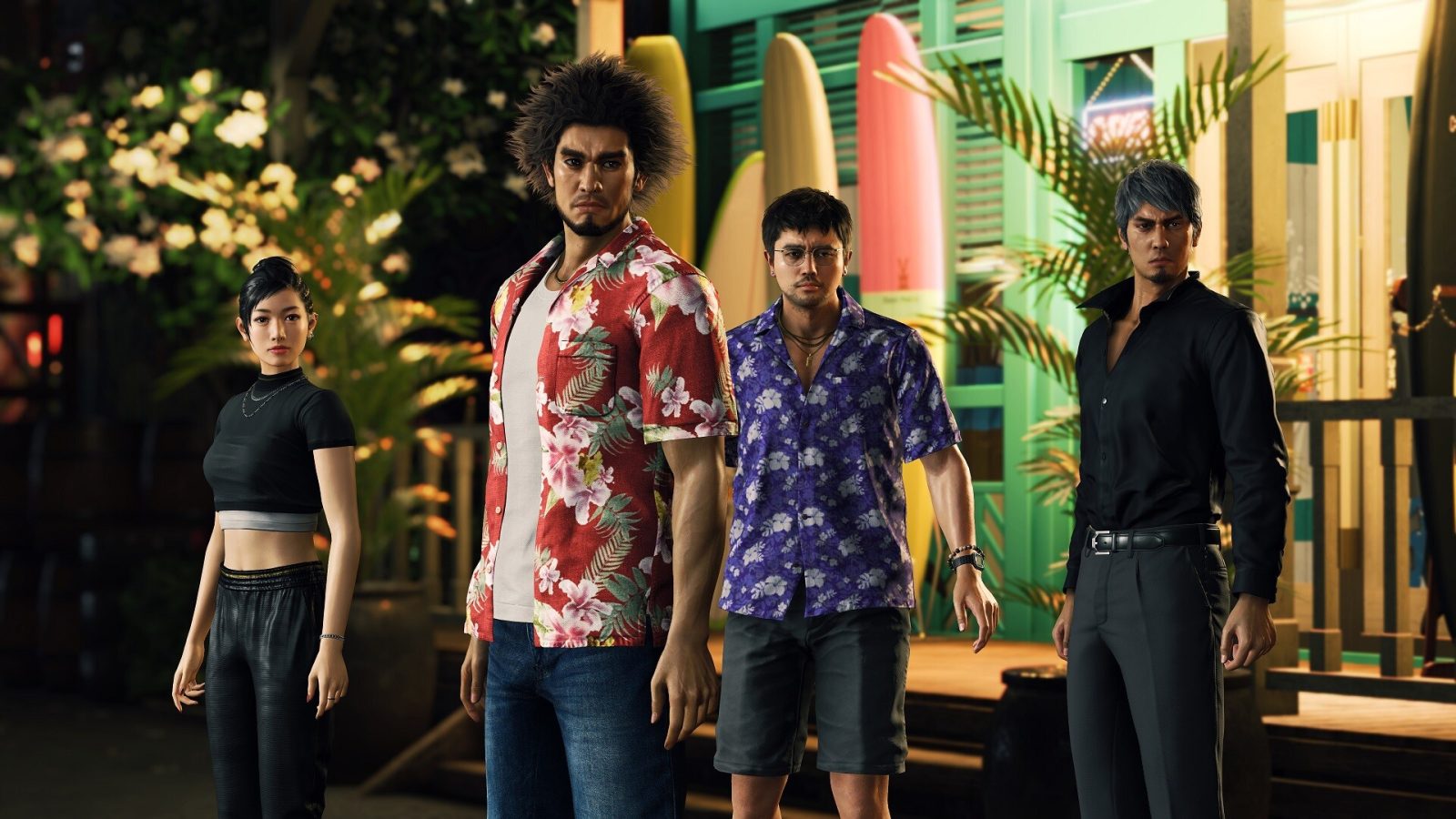
The PC version meanwhile luxuriates in a full suite of options as well as full keyboard and mouse support. You have access to a full suite of graphics options to customize the game to your device, and the game will still look great even on the lowest settings. The game includes two different types of FSR and DLSS, though for some reason using frame generation on the latter will cause the screen to flash pink upon picking up items. Even with that off though, the game easily blasts past 60 fps on an RTX 4070. The game is an absolute joy on Steam Deck, too. While we locked it to 30 fps and mostly low settings, it still looks and runs great – even supporting ultrawide outside of cutscenes. With everything set to low, except for Geometry which we set to medium, you’ll be able to get about 2 hours of gameplay from the battery. Perfect for grinding a few levels or ranking up jobs in the randomly generated dungeons you can unlock.
Despite not having a difficulty slider, there’s a respectable number of accessibility options here. There’s a lot of mechanics associated with this game, and it can get extremely overwhelming and confusing if you’re coming into it for the first time. Thankfully there’s a help menu that explains combat, exploration, personality traits, bonds, and more in intricate detail. Additionally, a convenient character profiles menu that details the history of important characters such as Jo Sawashiro and Masumi Arakawa proves to be extremely useful for those that need a quick refresher. There are dub options for English, Japanese, and even Chinese! In terms of technical settings: the controller layout can be rebound; HDR brightness levels can be adjusted; battle speed can be slowed down; blood effects can be reduced; subtitle size, color, and background can be toggled; and you have the option to turn off QTE prompts during combat.
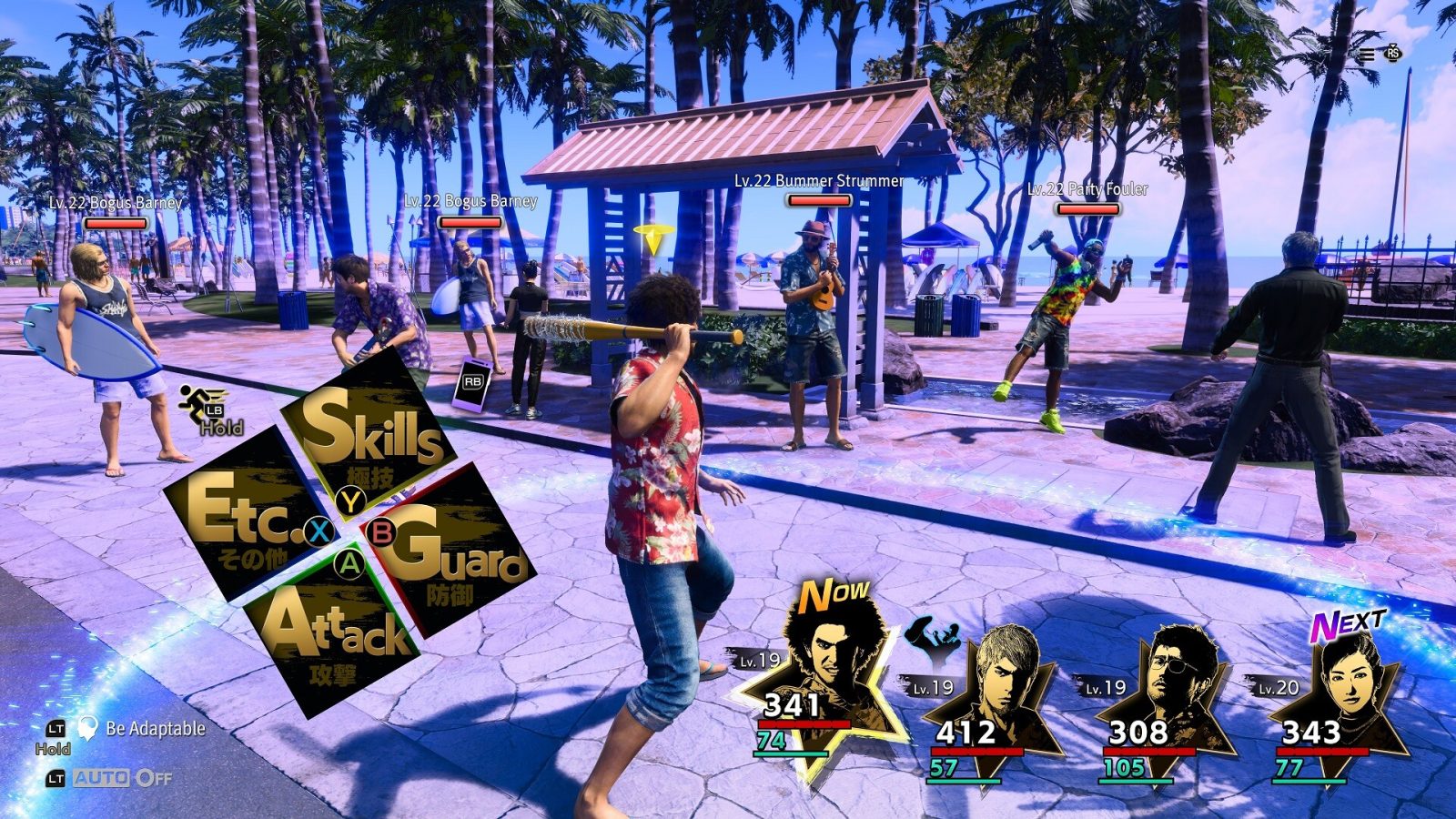
Although there is much to praise about the game, it is not without its faults either. For example, Ichiban is unable to speak English in Hawaii in the beginning, but that fact quickly gets forgotten as he and the rest of the Japanese cast have no problem communicating with non-Japanese characters without a translator. I’ve also noticed that subtitles only sometimes appear when Japanese words are displayed on the screen. We weren’t very impressed with Yong Yea’s performance as Kiryu for the English dub as he sounded bored or monotone a lot of times. That being said, Yea absolutely kills it in one of the final cutscenes after defeating the final boss. While Kiryu is mostly monotone in Japanese as well, Takaya Kuroda knows when to add some emotion and passion into his performance. We would have liked to see a bit more of that from Yea’s performance throughout.
Now for the question that everyone wants to know: how long is the game? By now I’m sure everyone has heard that Infinite Wealth should take players days if they want to play nonstop to complete it. Well, this is partially true we guess, as the main story took us around 40-45 hours to complete with a few side activities done. Note that we haven’t really dived deep into Dondoko Island nor the Sujimon battles, but we can definitely see this being a 100+ hour experience for 100% completion of everything. Unfortunately, we didn’t see an endgame dungeon like the Final Millenium Tower in the previous game, so Premium Adventure after completing the campaign is just for cleaning up side tasks.
While we said the main story doesn’t quite reach the excellence of 7, its main theme of second chances is still very powerful. Infinite Wealth also has some biting social commentary regarding police brutality and cancel culture. There are many twists and turns throughout to keep you hooked, though having to swap between Ichiban and Kiryu every chapter can leave plot threads dangling for a bit too long. If you’re not blasting through the main story, the game can take you upwards of 70 hours to reach credits – and that’s with a ton more side stories, minigames, and other things left on the table. We highly recommend completing as much of Kiryu’s bucket list as you can, especially for long-time fans, as just about everything from the series’ past comes back for some closure. Dead Souls and Ishin! are even referenced here, with the only noticeable absence being the PSP titles. As one of us has been with the series since at least Yakuza 4, seeing all these characters we never thought would be mentioned ever again is a delight and really puts a cap on Kiryu’s story.
Like A Dragon: Infinite Wealth
Excellent
Like a Dragon: Infinite Wealth is a triumph, and a worthy continuation of the Like a Dragon franchise. RGG Studio has managed to improve on the gameplay mechanics and features of the previous title in virtually every way whilst upholding the narrative quality and goofy nature of the series. The game is not without its flaws, but they are overshadowed by its strengths, and the game deserves praise for its ambition and innovation. Infinite Wealth is undoubtedly an early game of the year contender, and a must play for RPG lovers and Yakuza enthusiasts alike.
Pros
- Excellent story
- Amazing combat
- An infinite wealth of wacky side content
- Quality of life improvements
Cons
- Sometimes belabored pacing
- Yong Yea doesn’t give the best performance as Kiryu
- No New Game + or endgame activities (locked behind paywall)
